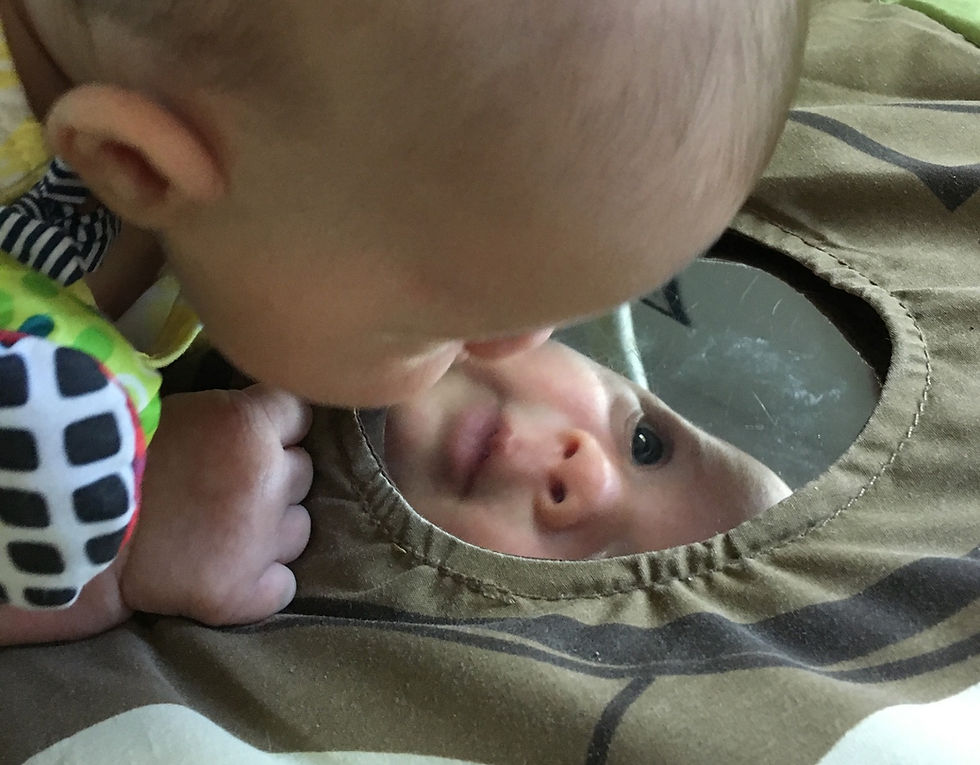Get Your Move On
- Amanda Montoya, PT
- Feb 26, 2019
- 2 min read
Only 1/2 of adults get the physical activity they need to help reduce and prevent chronic diseases. Half! Yikes. Now look at our kids. Incidence of childhood type 2 Diabetes, obesity, ADD, and other chronic diseases are on the rise, while kids are being given less outdoor play time, more seated academic time, and more screen time than ever before. Am I the only one that sees a correlation?
How much activity should kids get? According to www.health.gov, kids ages 3-5 should be active throughout the day to enhance growth and development. Children ages 6-17 should do 60 minutes of moderate to vigorous intensity exercise a day. According to the Centers for Disease Control, “Compared to those who are inactive, physically active youth have higher levels of fitness, lower body fat, and stronger bones and muscle. Physical activity also has brain health benefits for school-aged children, including improved cognition (e.g. academic performance, memory) and reduced symptoms of depression.”
So how can we reverse this trend and ensure that our kids have the best potential at health and wellness? Two things come to mind:
1) Building a lifestyle of physical activity begins at day 1. I’m seeing kids in my practice that can’t hold a pencil, fall going up and down stairs, can’t hold themselves on the monkey bars. The connection I’m seeing is with decreased floor play time in infancy. Floor time is where the foundation of activity begins. Baby push ups develop the muscles of the hand needed for fine motor skills like handwriting. Pivoting on the belly develops weight shifting and strengthens the muscles of the shoulders and arms. Crawling over pillows teaches depth perception. Backing down off the couch teaches problem solving and safety awareness. If these skills are not established in the first year, difficulties may be seen when kids are older. With all the new fangled contraptions, babies are getting less floor time and more contained time. This means less time to be free and explore body movement and more likely to begin a sedentary lifestyle.
2) Building a lifestyle of physical activity requires a family model. Kids will watch what you do more than what you say. Let’s move together! Incorporate more activity into family time with hikes instead of iPad games, bowling instead of seated arts and crafts, couch pillow obstacle courses instead of tv. With all this rain in Southern California lately, one of my kid’s favorites has become rain walks with the “mud slide crew” where we take shovels and brooms and look for mudslides in our neighborhood (a funny ‘normal’ for my kids now!). Of course, we love movie night and popcorn at our house but it’s all about balance. Swapping one activity a week for an active activity can make a difference.
What is your favorite family active activity?





Comments